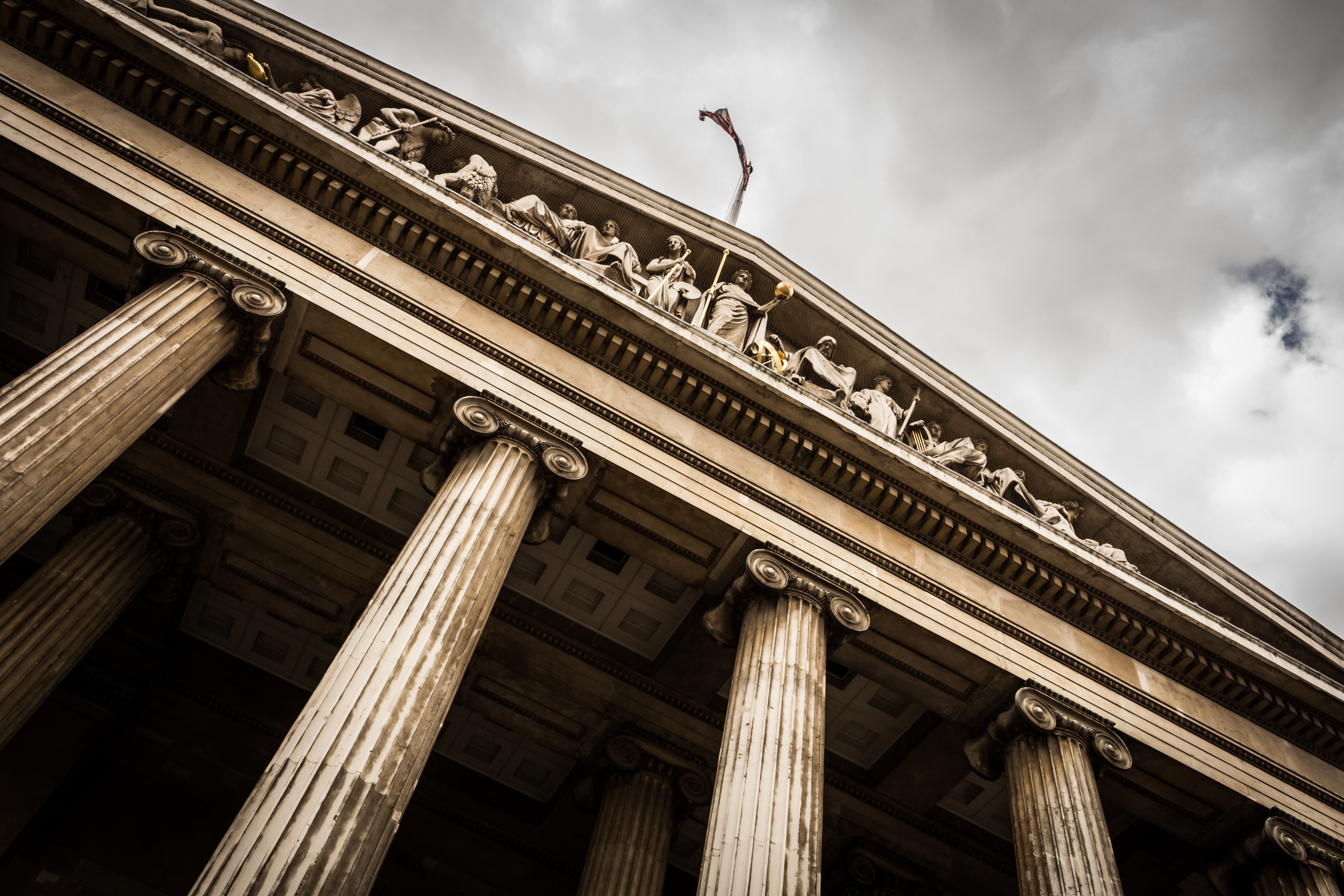The term design, as defined in the Designs Act, 2000 is known as the design, the surface pattern or the shape associated with a product or an article which is unique in nature. It is a feature applied to any article with the sole purpose of attracting consumers. The Act provides for registration of designs that are new and original and not disclosed to the public in any country in the world. Such a design should exist with the objective of making the article attractive and hence appealing to the eye. The design of an article, most commonly for established manufacturers, distinguishes their products from the rest of the competition. Such a registration confers on the holder of the design registration the exclusive right against unauthorized copying and imitation of his design by third parties.
A Design registration, although it may seem similar to a copyright or trademark registration as being an artistic work or something that identifies a said product, hence having similar characteristics to a logo, differs to a copyright registration in as much as the design of a product has the sole function of attracting customers and is distinguished from that of a trademark by clause (d) of section 2 of the Act which limits the types and scopes of a “design”.
An inventor, developer or business owner in India, even today goes about the protection of an invention merely by filing for a patent, which protects the technical features of an invention and by protecting the logo of the same through a trademark registration. Very few are aware of the registered design protection which, in certain scenarios can provide them with an even stronger enforceable right to prevent potential competitors from manufacturing, using, selling or importing a similar product. The benefit of protecting the appearance of an article can be seen perfectly in the billion dollar case between Apple Inc. and Samsung, where Apple was held to be entitled to the total profits of the sale of certain Samsung handsets and tablets due to the infringement of its design registrations of the icon layout and the black rectangular edge-to-edge glass embodied in its iPhone, along with the flat, rectangular, rounded corners embodied in its iPhone and iPad models. Based on these design registrations, judges in the US and Europe granted temporary sales bans against certain versions of Samsung’s tablet computers, and a US jury awarded considerable damages to Apple due to the design infringement.
India is no stranger to the counterfeit business (A walk around any road side market across India can show you the extent and the size of this business) which poses a serious hazard to the nations consumers and causes losses worth billions of dollars to the State. Many well established companies who build their reputation on the trust of their customers often sell products which, to the naked eye, are identifiable only by their appearance, and thus face the risk of their competitors manufacturing and selling counterfeits having similar appearances to theirs. This is where registering a design gives a 360 degree level of protection against such rip offs.
Registering a design in India is cost effective, not a procedural burden and requires a shorter period of time, making it a viable option to businesses. According to the PatSeer Patent Database, in the financial year 2016-17, 2935 designs were registered. There is a steady rise in such registrations which is always good news for India’s Economy. The only drawback that can be stated is that in comparison to the duration of protection given under a copyright, a design registration protects a particular design only for a period of 10 years which can be further renewed for a period of 5 years.
For further information or clarification on this subject, please do not hesitate to contact us via info@dandreapartners.com.


